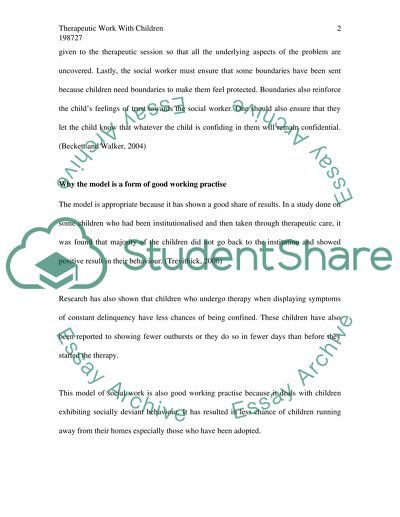Cite this document
(“Social work methods in practice Essay Example | Topics and Well Written Essays - 2500 words”, n.d.)
Social work methods in practice Essay Example | Topics and Well Written Essays - 2500 words. Retrieved from https://studentshare.org/miscellaneous/1513340-social-work-methods-in-practice
Social work methods in practice Essay Example | Topics and Well Written Essays - 2500 words. Retrieved from https://studentshare.org/miscellaneous/1513340-social-work-methods-in-practice
(Social Work Methods in Practice Essay Example | Topics and Well Written Essays - 2500 Words)
Social Work Methods in Practice Essay Example | Topics and Well Written Essays - 2500 Words. https://studentshare.org/miscellaneous/1513340-social-work-methods-in-practice.
Social Work Methods in Practice Essay Example | Topics and Well Written Essays - 2500 Words. https://studentshare.org/miscellaneous/1513340-social-work-methods-in-practice.
“Social Work Methods in Practice Essay Example | Topics and Well Written Essays - 2500 Words”, n.d. https://studentshare.org/miscellaneous/1513340-social-work-methods-in-practice.


